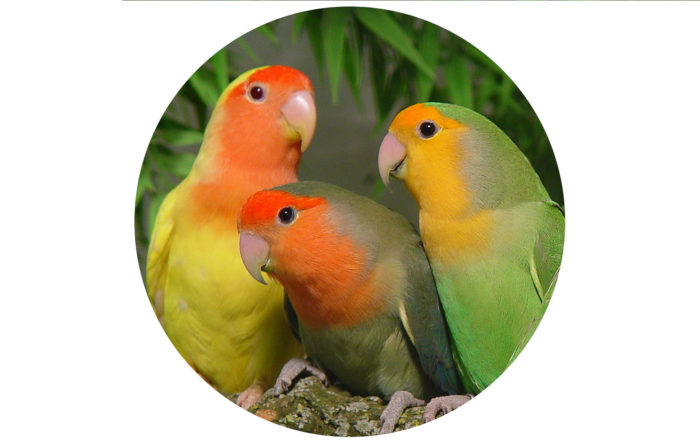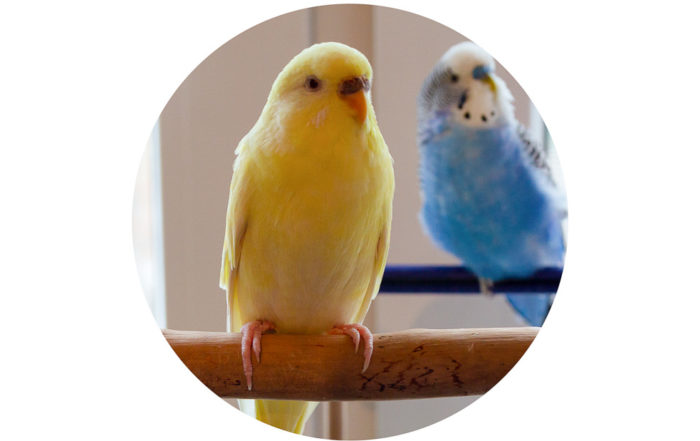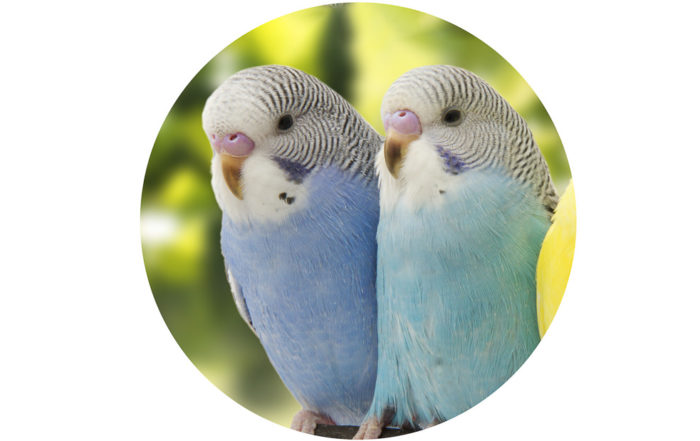Canaries – the Musicians of the Aviary World
When it comes to aviary birds, the undisputed king of the call is the Canary. Just as the beautiful, bright colours attract people to the Gouldian Finch, and the ability of the African Grey to talk makes them so popular, the melodious song of the humble Canary is the number one reason people fall in love with it.
Canaries sing for the same reasons most birds vocalise – to attract a mate and to establish territory. They just do it with more style, grace, and beauty than just about any other bird, and that led to them being domesticated and selectively bred to further enhance their voice.
As it is for these reasons they sing, it will be no surprise that the males sing the most as they try to outcompete each other for the best females. Females do sing, but this tends to be less frequent than the show-off males, and their repertoire is not as large.
Do Some Species Sing More Than Others?
All popular varieties of Canary can sing, and most males will willing do so without much prompting. The Yorkshire, the Border, Norfolk, and the Gloster, all have great singing voices which can be moulded and improved upon with the right training and care. More on this later.
So, if you want a companion bird that is easy to keep, great company and has a lovely singing voice, look no further than the popular Canary varieties.
That said, Canaries have been selectively bred for different reasons for centuries, some for colour and plumage, others for singing ability. It will be no surprise, therefore, that certain types are better singers than others.
In fact, there are a number of more exotic Canaries that were purposely bred for singing and are therefore considered to have the best voices of all. Although far less popular than the common types, these vocal acrobats still have a following across the world and include the Waterslager, the German Roller, the Spanish Timbrado, the American Singer, and the Russian Singer.
The Waterslager
The Waterslager is so named because its song is said to be like the babble of a brook. They sing quietly with their beaks closed but can open up and increase the volume when they want to.
The bird is believed to have the greatest range (low notes to high notes) of all of the singing Canaries and is often called on to demonstrate this at competitive singing shows.
The German Roller
This colourful little Canary goes by a variety of names, including the Harz Mountain, Hartz, Harzer or the Harz Roller. It is generally considered to be the greatest singing Canary of them all.
Like the Waterslager, they sing quietly with their beaks closed and their song, while beautiful, is also unobtrusive and blends into the background.
Many look like they have a swollen throat, which may be connected to their great ability to sing.
The Spanish Timbrado
The Spanish Timbrado is the loudest of all singing Canaries. It has a bell-like warble which has been shown to consist of 12 distinct notes.
Being a relative newcomer to the domestic Canary world – the Spanish Timbrado was only established in the early 20th Century – the bird closely resembles the wild Canary.
Spanish Timbrado hens can and do readily sing, but not as loudly or impressively as the cocks..
The American Singer
The American Singer is the most commonly kept Canary in the United States and was developed there in the 1930s and 40s by crossing the German Roller with the Border Canary – a breed hailing from northern England and the border area of Scotland.
Their song is dynamic, reflecting their mixed heritage, and they can change the timbre of their voice as well as the volume to give their tune a character beloved by many.
The Russian Singer
The Russian Singer is much older than its American namesake and was developed more than 300 years ago from Harz Roller stock. Russian breeders of the time were very impressed with the Harz Roller’s ability to mimic and their ability to copy the native Russian breeds.
Russian fanciers also trained their birds’ voices with flutes and organs to create a softer tone, so as well as selectively breeding for a fine natural singing voice, they also bred trainability into the Russian Singer to enable them to fine tune their voices.
Can I Teach my Bird to Sing?
Just as you can teach a parrot to talk, you can also teach a Canary to sing. Different birds will need different levels of encouragement as some will sing naturally, whereas others will be less inclined to do so.
One thing to note, however, is that Canaries only start singing after the first moult. So, if you have a young Canary and it hasn’t yet started singing, don’t worry, leave it a while and the chances are he will find his voice when he’s ready.
As Canaries learn to sing by imitation, to teach a bird to sing you need another bird for it to mimic. If you already have a singing bird, this is fantastic. Place the young pupil in a quiet and familiar place and allow the teacher – the singing bird – to sing. The young bird will soon start to copy the older bird.
Do this three or four times a day and the student will learn the song and develop his own voice in no time. You can reward the young bird as it progresses with food, however, don’t do this too much or it may put on weight. You can also use favourite toys as a reward, or simply spending time socialising with your bird after a training session should be enough to encourage him to find his voice.
If you don’t have another bird to teach your youngster, don’t worry, there are plenty of ways around this. There are CDs of birdsong you can buy to play to your bird and even videos on YouTube of Canaries singing that will inspire your bird to find its voice.
Set this up close to your Canary cage and the youngster will soon begin copying what he hears. Then it won’t be long before the beautiful music of these enchanting birds will be filling your home.
Our Recent Posts Giving Advice and Guidance on Aviary Birds
What’s Not to Love About the Colourful Lovebird?
Reading Time: 12 minutes Sometimes referred to as ‘pocket parrots’ due to their size, they are colourful, charming characters that can make adorable pets. With a name like Lovebird, it’s not surprising these are among the most popular small parrots to own.
How to Tame (Train!) Your Budgie
Reading Time: 10 minutes One question we get asked fairly often is how to tame a Budgie. We’ve always found this a bit of a strange enquiry because like most birds that live in flocks in the wild, Budgies are very sociable and enjoy human company. As such, they don’t need to be tamed per se.
Budgies – the UK’s Favourite Pet Bird
Reading Time: 6 minutes Budgies – also known as parakeets – are the most popular companion bird in the UK and it is easy to see why. These colourful little birds are every bit as intelligent as their bigger cousins, but at just seven or so inches in height, they take up much less room than an African Grey or ...











Leave A Comment